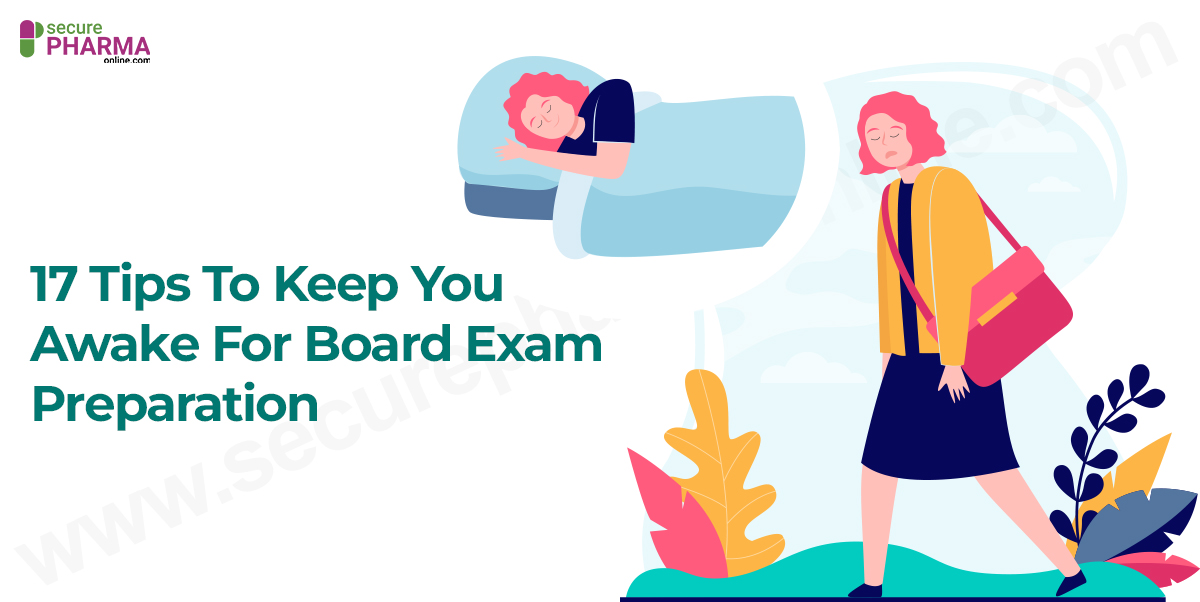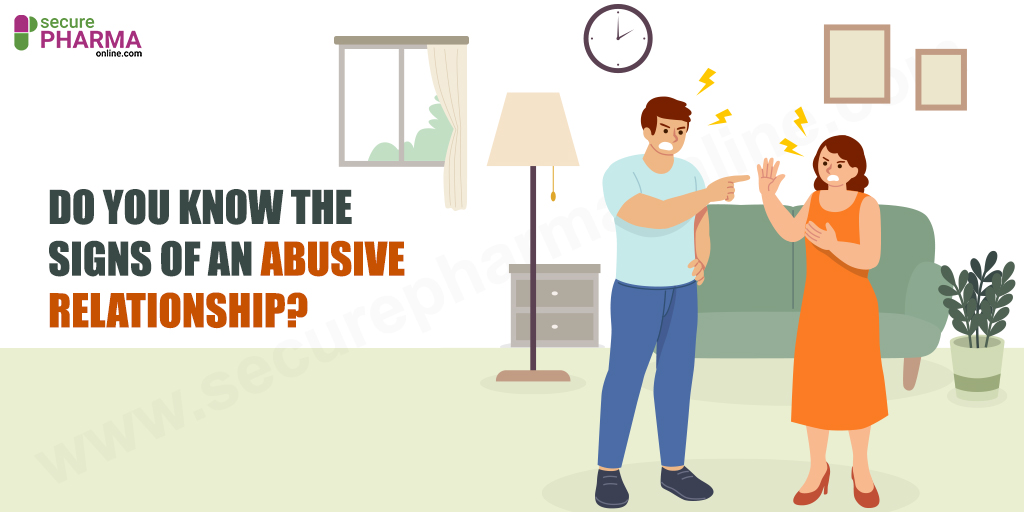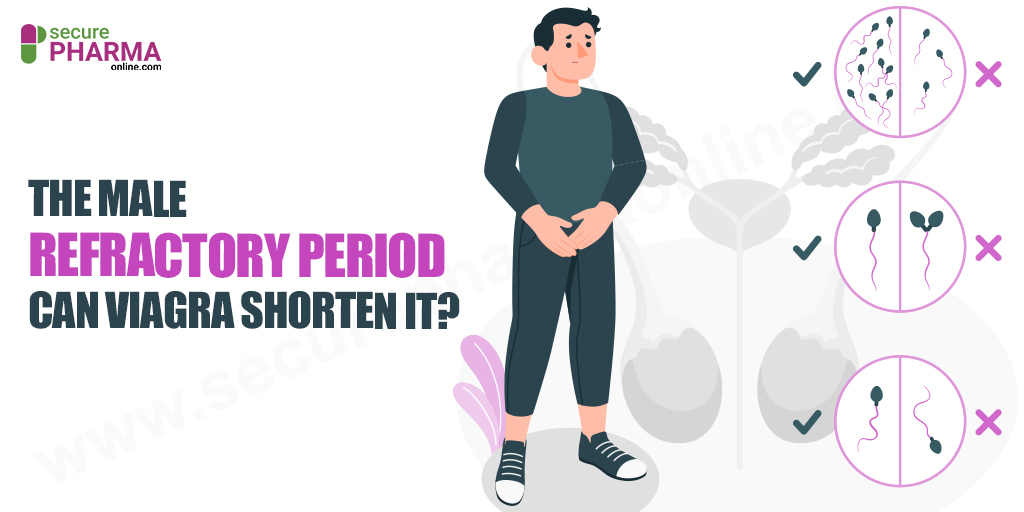COPD: Causes, Symptoms, Treatments, And Lifestyle Changes

Overview
Chronic Obstructive Pulmonary Disease is a group of progressive lung disorders that was seen in around 384 million people globally in 2019. The most common of this class of disorders are emphysema and chronic bronchitis. Almost 5% of deaths across the world are a result of COPD.
Deaths due to COPD have steadily increased in recent years. It is the third leading cause of death in the world. COPD causes shortness of breath in the beginning, gradually progressing into wheezing and lung failure due to depleted oxygen levels.
Occurring mostly in smokers and people exposed to lung irritants, COPD is more prevalent in developing and underdeveloped countries.
What Is COPD?
It is a lung disorder that results in breathlessness and eventually respiratory failure. Emphysema affects the outward flow of the air by slowly giving way to the deterioration of air sacs. Chronic Bronchitis causes mucus to build up in the system due to narrowed and inflamed bronchial tubes. The occurrence of the disorder is high in smokers, seen in almost one out of every five.
Causes Of COPD
CPOD has high rates of occurrence in smokers. Being exposed to tobacco smoke firsthand or passively increases the potential risk factors of developing CPOD. Other factors that affect the occurrence of the disease are:
- genetic defect called alpha-1 antitrypsin deficiency
- air pollution
- exposure to fumes, vapors, and other irritants
- untreated asthma
- occupational hazards
- age
Another factor noticed is that people who had respiratory infections regularly in their childhood have a higher risk to develop CPOD.
Also Read: Asthma Symptoms: Risk Factors, Triggers, & Tips For Prevention
Symptoms Of COPD
Since COPD is a progressive disease, most of the symptoms go unnoticed until it is no longer a mild case. People mistake the symptoms for a common cold most of the time.
The symptoms that are associated with wary and worsen with each stage.
Starting with breathlessness in most people, the symptoms become more apparent with time, usually around the age of 40 or 50 in most cases. Remember, the symptoms are worsened with exposure to irritants.
- The early indications of COPD, including persistent coughing and shortness of breath, are sure signs of malfunctioning lungs. The early stages are characterized by increasing difficulty in catching the breath after exercising or other strenuous activities.
- The cough is similar to a smoker’s cough in most cases. It is characterized by crackling noises that are wet and involve phlegm production.
- Excess sputum production is seen.
- The individual may start choosing elevators over stairs and another low physically engaging tasks to avoid discomfort involved with dyspnea.
- There comes a recurring need to clear the throat.
- The presence of certain factors like pollen, pollutants, chemicals, or smoke in the air can result in a spike in the expression of the symptoms. These episodes are called flare-ups.
- The signs become more difficult to ignore with the passage of time. A feeling of tightness in the chest becomes constant. Chronic cough with or without sputum is observed in all the patients.
- Breathing becomes noisier and high pitched due to the mucus blocking the air passage.
- Cases of flu, common colds, and infections in the respiratory tracts occur with increased frequency.
- The affected individual starts showing signs of tiredness and fatigue.
- Fluctuation in weight is noticed in many cases.
- Moreover, persistent edema in the lower body, especially in the feet and ankles is seen.
- The color of the coughed-up mucus has to be noted. Coughing up of yellow, green, or brownish-red mucus has to be brought to the attention of a health expert.
- Lowered the endurance ability of the muscles develops according to the severity of lung damage.
- Severe cases of COPD may bring high fevers, the temperature going over 101F.
- Since the mucus blocks the airway in COPD patients, their oxygen levels go down drastically at times. As a result, the nails and the lips turn bluish or gray, and the patient may also experience confusion or lose consciousness.
- Racing heart and trouble to talk are other symptoms of low blood oxygen levels. The occurrence of these symptoms means that the person suffering needs immediate medical attention.
The discomfort and inconvenience caused by the deteriorating respiratory health may give way to depression and anxiety in some. Early detection and treatment of the disorder can slow down its progression and avoid further complications.
Treatment Options
Chronic Obstructive Pulmonary Diseases are not curable and the treatment focuses on relieving the symptoms. They also aim to slow the progression of the disease and prevent complications.
- Medication: Breathing is made easier by widening the airways and relaxing the muscles along the air canal using bronchodilators. Inflammation is reduced by adding glucocorticosteroids to the prescription. The vaccines for seasonal flu and other respiratory infections should be kept up to date.
- Oxygen therapy: The lack of oxygen in the system is countered by supplementing the body with added oxygen. It can be provided through masks, nasal cannulas, or even as portable oxygen units.
- Surgery: When all other treatment methods fail to produce results, surgery is the course of treatment chosen. Bullectomy, lung volume reduction surgery, and occasionally lung transplants are done. Patients with severe emphysema usually have to undergo surgery.
Lifestyle Changes
Since the preventive measures for COPD are very few and the treatments are designed to relieve the symptoms, lifestyle changes make living with the disorder easier.
- Quitting the use of tobacco and smoking lowers the risks for COPD, not only for the individual but also for the people surrounding them.
- Working or living in areas with poor air quality affects the chances of developing the disorder. Attempting to change these conditions drastically reduce the chances of developing COPD as well as other respiratory malfunctions.
- Maintaining overall health and fitness helps as well. There are no prescribed diets for COPD patients but having a balanced diet with ample nutrients is a must. Take in enough calories as strained breathing requires energy.
- Do not consume a very heavy meal at once. This causes the stomach to bulge into the diaphragm and restrict breathing. Divide the three meals of the day into five or six smaller meals.
- Caffeinated drinks may interact with the symptoms or medications. Hence, it is safe to limit their usage.
- It is recommended to limit the use of salt. High sodium levels promote the retention of fluids in the body, which makes breathing difficult.
- Engage in exercises that are not highly strenuous, and also always stay hydrated.
Conclusion
The major effects of COPD are a reduction in the quality of life and lifespan. Since COPD does not have a cure, coping with the disease through lifelong disease management is the only option. Avoiding factors that will result in a flare-up of the symptoms will make life with COPD easier. Sharing the experience with others in support groups goes a long way too.
November 26, 2020 Sam Bell











Comments